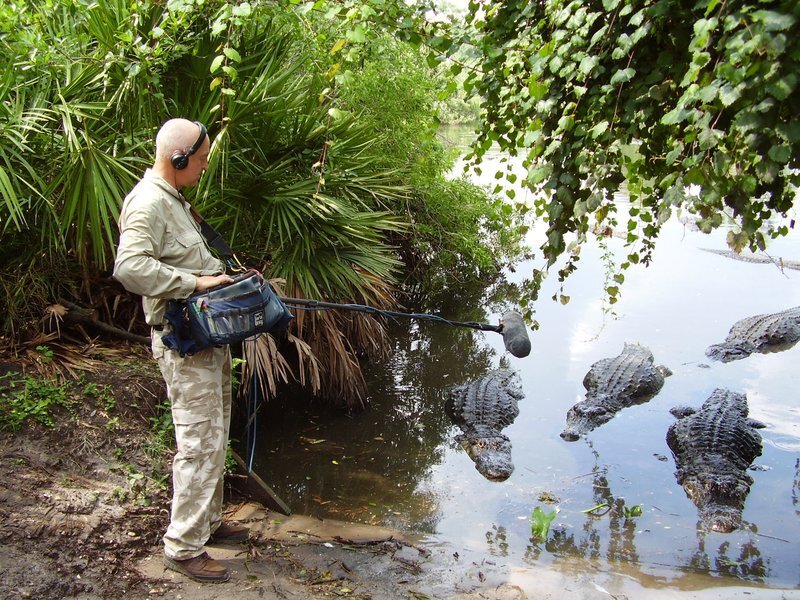Swamp Chinos






Swamp Chinos
100% Cotton Twill
Extra heavyweight fabric
Tied acid washed
True to size with a baggier fit
Flat-felled double-stitched seams
Jet back pockets
High front & back rise
Embroidered logo on the front pocket
Due to the nature of the dye, each pant will differ in pattern
Model is 177cm and wears a size L
Telmatology
Source: Research Gate
The term "swamp" implies a forested wetland. These wetlands occur globally in every country, climate and continent except Antarctica. It is estimated that they vary from 560 million to 1.2 billion hectares of wetlands, including marine and freshwater wetlands.
Mythical Allure
Culturally over the years, wetlands have always been perceived as mythical lands as they are dense and as a result impenetrable and treacherous. These dense, unknowned lands began to stir interest and eventually, tales about how these wetlands are home to many mythical creatures and places of decay began to spin.
Unbeknownst to the many urban dwellers of today, swamps are considered one of the most life abundant places on earth. Due to its pseudo-hydro nature, a swamp constantly undergoes processes of decomposition and creation of new life every day. A swamp can be viewed as a living organism that breathes and "its borders are defined by social, political and cultural factors that are porous and permeable" (swamp.it, n.d.).
Swamps are always in a state of change and not one is the same to the other. They are a dynamic form of ecosystem that thrives regardless of light and darkness, wet and dry. This everchanging environment resulted in many stories that have been developed around swamps. Stories about creatures and ghouls that have been banished there, only able to sing and cry, unable to escape the roots of dense trees that act as prison bars to them. From the children eating humanoid turtles of Japan folklore to the frog headed egyptian goddess of agriculture and childbirth, the swamps are filled with mysteries that are yet to be resolved and sounds that we have yet to associate with.
Source: The Swamp School
Ecological Music and Swamps
Hunting for these mythical creatures was never easy. Swamps acted like mazes filled with dangerous animals and insects at every turn and accessing them to look for myths often seemed like the unreasonable way of getting into danger. Researchers and myth busters then developed methods of uncovering these creatures by "listening" to the swamps.
Over the years, swamps have become places of interest for ecomusicology which is an area of study that explores the relationships between music or sound and the natural environment.
Source: Ecomusicology & Place
Researchers began listening to swamps more so as to hear the stories they wish to tell. Field recorders and established ecomusicologists embarked on journeys to study how sounds evolve and are always in a constant state of flux around wetlands.
Listening to Swamps
Swamp ecosystem researchers have studied the sounds of the swamps for countless of years. More often than not, they place acoustic recorders to monitor wetlands which then provides them insights in to what moves in and out of the wetlands on a daily basis. Animal behavior can also be monitored by studying sound patterns made by various creatures around the swamps.
Source: սփիւռք*
Though a mythical creature has yet to be unveiled, the power of listening to swamps have allowed these researchers to uncover and learn more about these mythical lands and how the environment operates around them.
People also believe that listening to the swamps can be relaxing or stress inducing, depending on the state of which the recording was done at.




